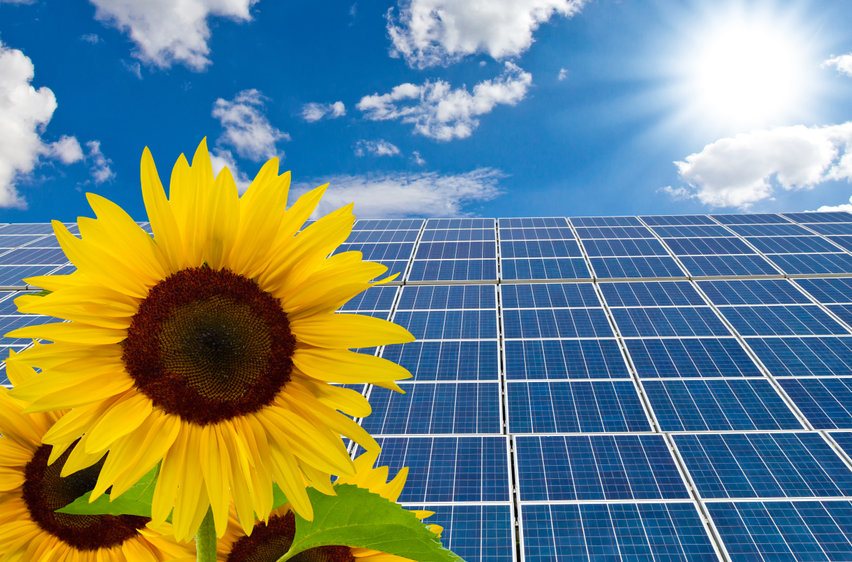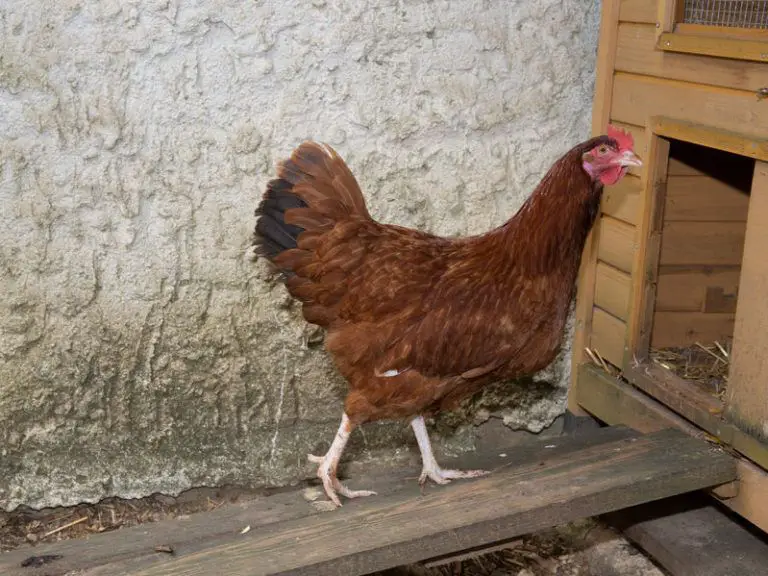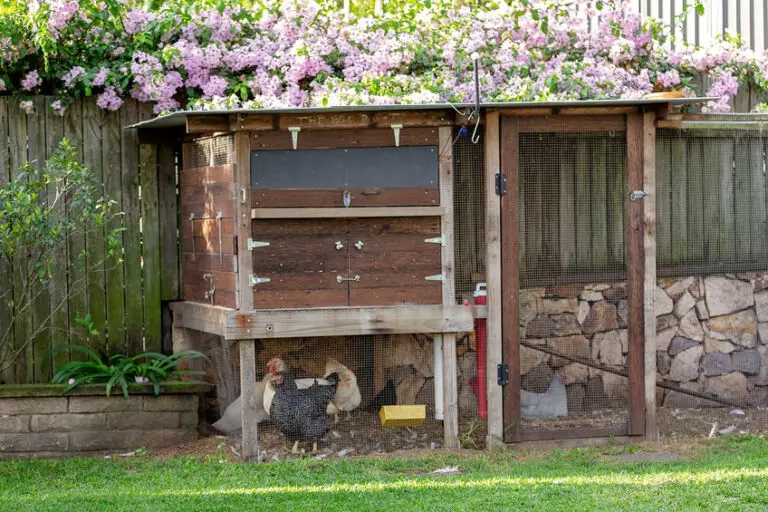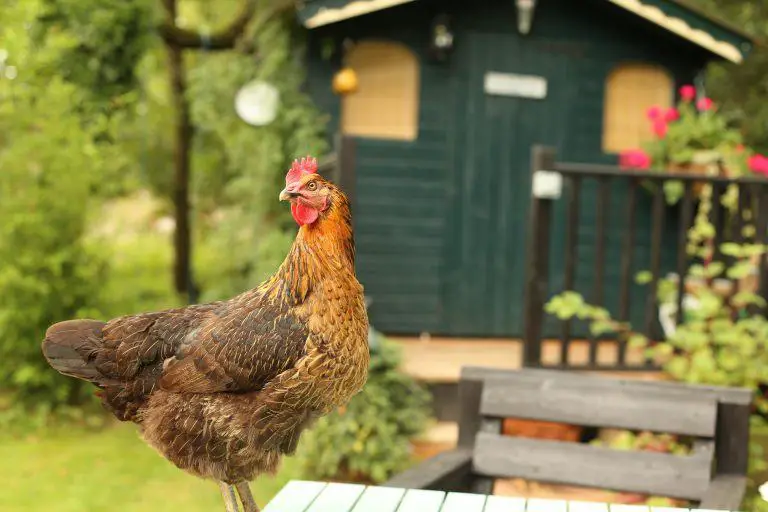Should I Install A Solar Panel On My Chicken Coop?
Every chicken owner knows how important it is to keep your chicken coop well lit and ventilated. But what if you can accomplish this while also reducing your carbon footprint? You can with solar panels.
While, for beginners, buying solar panels and figuring out if one will work for your farm can be difficult, we’ve made it simple. Keep reading to find out if a solar panel is perfect for you and your chickens.
If you’re just setting up your coop, see this guide first.
How Solar Energy Can Be Used In The Chicken Coop
It’s well known how solar energy can be useful in households since it can power everything that uses electricity! It can be expensive to install your entire house with electricity. But for a chicken coop, a panel is really all you need since it’s a much smaller space than a house.
The following are a few things that a solar panel can power in your coop:
- Lights
- Automatic Chicken Coop Door (or pop door)
- Heater
- Brooder Light
- Water Heater (for keeping water from freezing over in the winter)
- Electric Poultry Netting
- For automatic light sensors (scaring away predators)
Pros and Cons of Having a Solar Panel
While some folks swear by using solar energy, others are a bit more cautious. Let’s take a look at a few advantages and disadvantages of having a solar panel.
Pros:
- Having a solar panel is one of the best ways to keep your farm environmentally friendly
- It is a portable power source, so you can use your panel anywhere
- Some solar panels even have sensor lights that will scare away predators
- You can use your solar panel to emulate the sun during the fall or winter to extend your chicken’s egg production
- Good quality panels will have batteries that last all day and night for years
- Most high-quality panels will have built in batteries and lights that run on their own system, so they’ll work well even during a power outage
Cons:
- Depending on your budget, good quality solar panels can be very expensive
- Sometimes a bright light (depending on the size of the coop, but usually more than 300 lumens of light) can stress a chicken out
- If you have a chicken coop that is mounted, portable solar panels may not be sturdy enough for you
- Install can be tricky if you’ve never set up a solar panel before. Of course as we all know, YouTube can be very helpful!
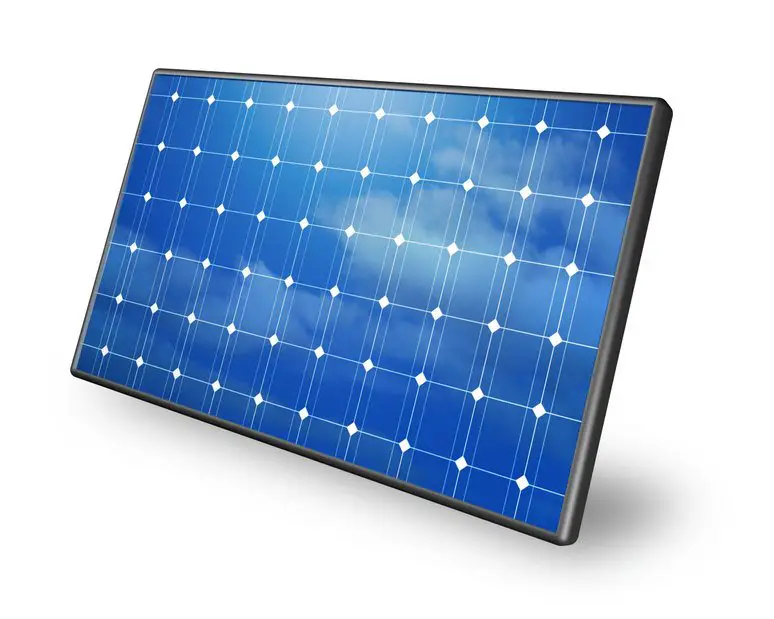
How to Set Up a Solar Panel
The concept of installing a solar panel can be intimidating, especially if you’ve never done it before! We have broken down the process to make it easier.
Step One: Picking Out a Panel
When picking out a panel you should keep in mind how big and strong the panels will need to be. A battery will drain faster in cooler weather and won’t work as well in extremely hot weather.
Also, we highly recommend spending a bit more if you want a high-quality solar panel. Making a big investment in your panels can save you a lot of trouble in the long run.
You can spend $300 or less or up to $1000 for a more powerful unit. Most people need a 40-watt panel that can produce up to 12 volts. A panel that can generate around 24 volts is recommended for those who can afford it.
For a simple light and fan, a basic deep-cycle 12-volt marine battery will work best.
Step Two: Adjusting and Securing Your Panel
When you receive your panel, place it in a position where it will receive the most sunlight. This can be difficult for some because the sun does move throughout the day, but the best thing you can do is angle the panel at the same angle of your latitude.
For those who live in windy areas, consider tying your panel to your chicken coop. We recommend using hangers and brackets, so you can adjust the angle easier. However, if you have a mobile chicken coop, using a portable frame might be your best bet. This will help you gain more mobility. Regardless, either of these options will keep your panel very secure and protected.
Then, you’ll also need to connect a charge controller in the middle of the panel and the battery, so a few volts can enter the battery. Remember to not overcharge your battery, as that can lead to it exploding and possibly harming you and your chickens in the process.
Keep in mind to leave your battery in a water-resistant container (better yet, water proof) so it can be sheltered from bad weather.
Step Three: Deciding Between AC and DC
When setting up your solar panel, you will have two choices on which circuit to power your coop’s light or fan: AC or DC. We’re not talking about the band here ?
DC (direct current) has an easier set-up. According to Hobby Farms, you can run a wire from the battery to the device then return back to the battery to create a constant loop circuit. Since DC won’t lose power as it visits the inverter, it will take far less power to run which can be a huge benefit if that’s something you’re looking for.
It also lets the light stay on longer without relying on the battery even if the weather is a bit gloomy. Most can even install a timer to turn off the light, fan, or battery if you need that.
As for AC (alternating current), it is a bit more complicated but it is best for someone who is transitioning from a basic power source to a solar power panel.
For AC, we recommend using the standard AC configuration as it only needs a power inverter to change the DC power to the AC power.
The main disadvantage to using AC and an inverter is that it can cause a huge amount of power loss. It will use up your power even if it is not on with an inverter. Most lose 25% of the DC power when it transitions to AC, which is why we highly recommend using an inverter with a 90% or more efficiency rating.
Solar Panels We Recommend Purchasing
Finding a solar panel can be difficult, so we’ve found some popular choices that are affordable and efficient off of Amazon for you!
1. Jior Solar Pendant Light
Price: Around $50

Qualities: Can adjust brightness, run for up to ten hours, and is portable.
2. NIORSUN LED Solar Pendant Lights
Price: Around $60

Qualities: has 3 color temperature modes, two lamps, has a light-sensing mode, and is waterproof.
3. YINGHAO Solar Powered RED LED Predator Deterrent
Price: Around $50

Qualities: can scare off predators easily, lights can be seen over 3,000 feet away, and it can run for 12 hours.
4. InnoGear Solar Lights
Price: Under $40

Qualities: has sensor-triggered lights, four different lighting moods, 80 LEDs, and is extremely durable.
Make Your Own Solar Panel System
If you feeling creative and want to not only learn more about solar power but make your own solar power system, we provided a few programs below. Some of these systems can power a much larger area as well, like a garage or help cut back on your home energy costs as well.
Backyard Revolution – Offers a DIY solar powered source that takes up only 4sf of space. Clear step by step directions included.
Portable Solar Energy System – Another system that is user friendly and reasonably priced.
Below is a video of how a solar panel can be made:
In Conclusion
Finding a solar panel can be a difficult journey, but if you find the right one, it can last you for years. A large investment in high-quality solar panels can pay off in the long run. Remember to do your research and plan well when purchasing!
We hope you find the perfect solar panel for you and your chickens! Thanks for stopping by and happy ‘Chickening.’

